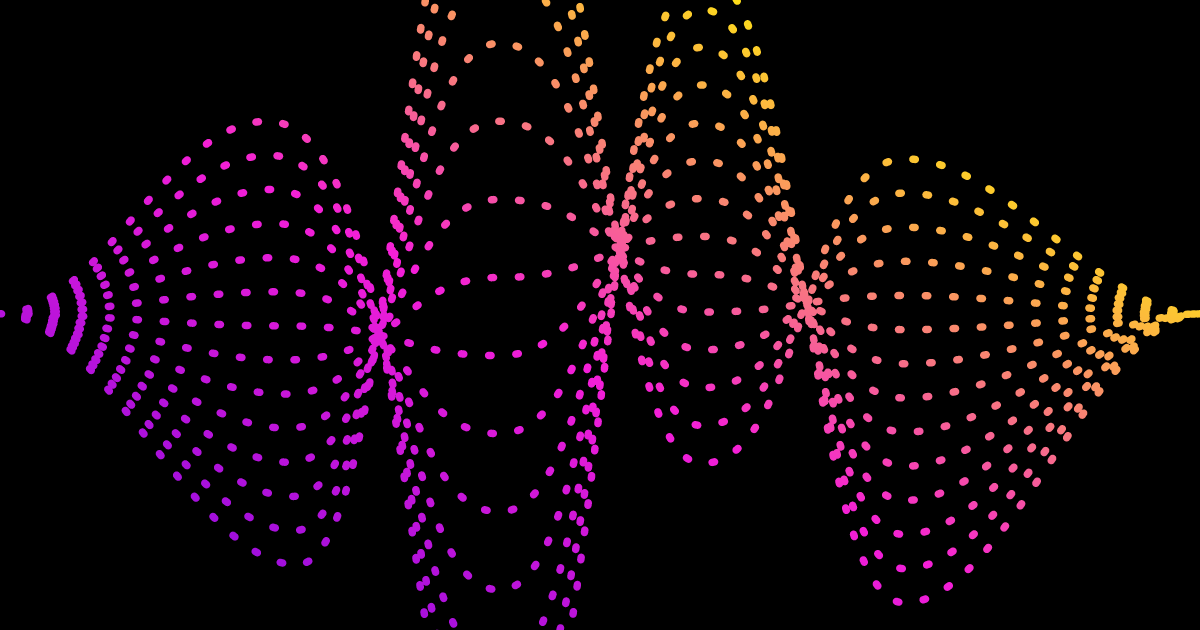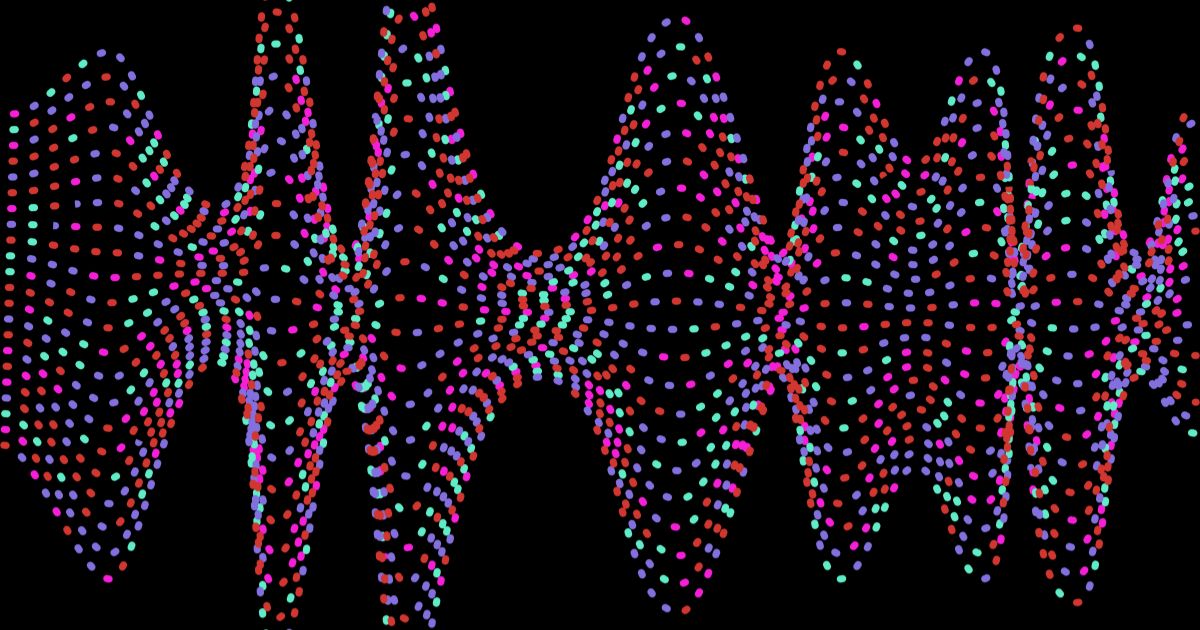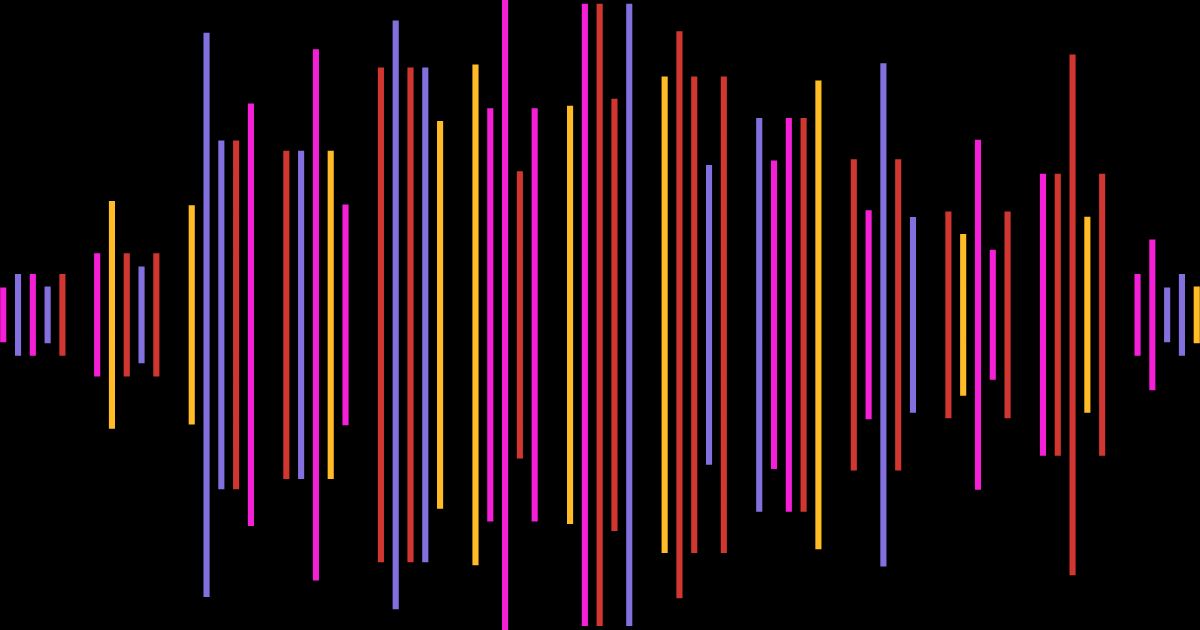How to Record Google Meet Video Calls on Any Device

Recording your Google Meet sessions can be incredibly useful, whether for reviewing important discussions, sharing with colleagues who couldn't attend, or creating valuable content like podcasts, webinars, coachings, and more.
This guide will walk you through the process and show you how to get the most out of your recordings using AI tools from SummarAIze.
Why Record Google Meet Sessions?
Recording your Google Meet sessions can be beneficial for various reasons. It allows you to capture important details that might otherwise be forgotten and provides a reliable reference for future use.
Additionally, recordings can be shared with team members who were unable to attend the meeting, ensuring everyone is on the same page.
- Review and Reflect: Revisit the details of your meetings to ensure nothing is missed. Reviewing recorded files helps reinforce understanding and recall of key points discussed during the meeting.
- Share with Absentees: Provide a complete account of the meeting to those who couldn't attend. Sharing a recording link can help ensure that all team members are up to date.
- Training and Onboarding: Use recordings as training material for new employees. Recording meetings allows you to create a library of resources for onboarding and training purposes.
- Content Creation: Generate valuable content like podcasts, webinars, customer interviews, and coaching calls from recorded sessions. Video recordings can be repurposed into multiple content formats, enhancing your content strategy.
Step-by-Step Guide to Recording Google Meet
To make the most out of Google Meet, knowing how to record your sessions is crucial. Whether you’re using Google Meet's built-in features or alternative methods, here’s a comprehensive guide to help you get started.
Using Google Meet's Built-In Feature
Google Meet offers a built-in recording feature for users with specific Google Workspace editions. Here’s how to utilize this tool effectively.
- Prerequisites: Ensure you have a Google Workspace edition that supports recording, such as Enterprise Essentials, Enterprise Standard, or Enterprise Starter. Your Google Drive storage quota should be sufficient to save the recording files.
- Enable Recording: If you are an administrator, follow these steps to enable recording:
- Sign in to your Google Admin console.
- Navigate to Apps > Google Workspace > Google Meet.
- Select Meet video settings, then enable the recording option.
- Start Recording:
- Open Google Meet and start a new meeting.
- Click the "Activities" button (bottom right), then select "Recording".
- Click the "Start Recording" button and confirm to begin. The recording starts, and a recording icon will appear on the screen.
- Stop Recording:
- Click the "Activities" button again, then select "Stop Recording".
- The recording will be saved to the meeting organizer's Google Drive in a folder named "Meet Recordings".
Recording on Mobile
Recording on mobile devices can be just as straightforward as on a desktop.
Although Google Meet does not support direct recording from mobile devices, you can use screen recording features or third-party apps.
- Using Google Meet App: Google Meet does not currently support recording directly from mobile devices. However, you can use screen recording features built into your device.
- On iOS: Swipe down to access the Control Center and tap the "Record" button before joining the meeting.
- On Android: Use built-in screen recording features or third-party apps like AZ Screen Recorder to record your video meetings.
Third-Party Tools and Workarounds
In some cases, Google Meet's built-in recording feature might not be available, or you may need more advanced recording capabilities.
Here are some third-party tools and workarounds that can help.
- Descript: A powerful tool for recording and editing meetings. Descript offers features like automatic filler word removal and AI-powered content repurposing.
- Screencast-O-Matic: A versatile screen recording tool that can capture Google Meet sessions and save them in various formats. This third-party screen recording software is ideal for detailed video recordings.
Using Built-In Windows and Mac Tools
- Windows Game Bar: Press
Win + Gto open the Game Bar, then select "Record" to capture your screen during the meeting. This built-in screen recorder is effective for capturing entire screens and specific windows. - Mac: Use the built-in screen recording feature by pressing
Cmd + Shift + 5and selecting the portion of the screen you want to record. Mac's built-in screen recorder provides high-quality video and audio recordings.
How to Fix Google Meet Recording Issues
Experiencing issues with recording your Google Meet sessions can be frustrating. Here are some common problems and solutions to help you troubleshoot recording issues effectively:
- Insufficient Permissions: Ensure you have a Google Workspace account and the necessary permissions to record. Verify that your administrator has enabled recording for your account.
- Storage Space: Check your Google Drive storage quota. Recordings may fail if there isn't enough storage space available.
- Device Compatibility: Recording is only available on the computer version of Google Meet. If you are using a mobile device, the recording feature will not be accessible.
- Browser and Extensions: Clear your browser cache to resolve any temporary issues. Disable any extensions that might interfere with Google Meet's functionality.
- Network Issues: Ensure you have a stable internet connection. Connectivity issues can disrupt the recording process.
- Meeting Settings: If you are the meeting host, review the meeting settings to confirm that recording is enabled. Avoid joining the meeting solely for presenting, as this can prevent recording.
- Technical Glitches: Restart the meeting or reload your browser to resolve any technical glitches. Ensure your device meets the hardware requirements for recording.
- Contact Support: If all else fails, contact Google Meet support for further assistance.
What's Recorded in a Google Meet
When you record a Google Meet session, several key elements are captured to provide a comprehensive record of the meeting. Here’s what gets recorded:
- Video Feed: The main video feed, including all participants' video streams, is recorded. This captures the active speaker and any shared screens.
- Audio: Both system audio and microphone audio are recorded, ensuring that all spoken content is included.
- Chat Messages: Any messages sent through the in-meeting chat are captured in the recording.
- Screen Shares: If any participant shares their screen, this is also recorded, providing a visual record of any presentations or demonstrations.
- Captions (If Enabled): If live captions are enabled during the meeting, these are included in the recording, making it easier to follow along with the discussion.
Best Practices for Recording Google Meet
To ensure you get the best quality recordings and comply with legal and ethical standards, follow these best practices. Proper settings and organization can make a significant difference in the usability of your recordings.
- Audio and Video Settings: Optimize your microphone and camera settings to ensure high-quality recordings. Check the audio source and adjust the video recording quality to fit your needs.
- Ensuring Participant Consent: Always inform participants that the meeting is being recorded and obtain their consent. Using the chat to record participants' consent can be a useful practice.
- Storage and Organization: Keep your recordings organized by date and topic in your Google Drive for easy access. Creating a dedicated recordings folder helps maintain order and efficiency.
Maximizing the Value of Your Recordings with AI
Once you have your recordings, maximizing their value is essential. AI tools like those from SummarAIze can help transform your recordings into various valuable formats, making your content more accessible and actionable.
Using AI tools from SummarAIze, you can pull out key insights and takeaways or transform your Google Meet recordings into valuable content in minutes:
- Extracting Actionable Insights: SummarAIze’s AI highlights key points, decisions, and action items from your recordings, making it easy to follow up on important topics. The AI can even identify active speakers and summarize their contributions.
- Creating Summaries and Follow-Ups: Automatically generate concise meeting summaries and follow-up emails to ensure everyone stays on the same page. This feature helps streamline communication and improves efficiency.
- Generating Training Materials: Convert your recordings into training videos and manuals, perfect for onboarding new employees or providing continuous education. SummarAIze also offers transcription tools to create detailed and searchable text records.
Final Thoughts on How to Record on Google Meet
Recording your Google Meet sessions can significantly enhance your productivity and content creation capabilities.
By leveraging AI tools from SummarAIze, you can transform these recordings into actionable insights, summaries, and training materials, maximizing their value.
Ready to elevate your meeting recordings? Try Summaraize today and see how it can revolutionize the way you repurpose your Google Meet content.
How to Record on Google Meet FAQ
Why can't I record a Google Meet?
Recording might be disabled due to various reasons, such as not having a supported Google Workspace edition, insufficient storage space, or recording permissions not being granted by the administrator. Additionally, recording is only available on the computer version of Google Meet, not on mobile devices.
Can I record Google Meet for free?
Recording Google Meet sessions is not available for free accounts. This feature is exclusive to Google Workspace users, and even within Workspace, only those with the necessary permissions can initiate recordings.
Is there any app to record Google Meet?
Yes, several third-party apps like Descript, Screencast-O-Matic, and FoneDog Screen Recorder can be used to record Google Meet sessions. These apps offer various features for capturing and editing recordings.
How to record Google Meet on a laptop shortcut key?
For Windows, you can use the Xbox Game Bar by pressing Win + G to start recording.
On a Mac, press Cmd + Shift + 5 to access the built-in screen recording options.
How do I activate recording in Google Meet?
To activate recording, you need to be an administrator. Go to the Google Admin console, navigate to Apps > Google Workspace > Google Meet, and enable the recording option under Meet video settings.
Ensure that users have the necessary permissions and sufficient storage space in Google Drive.
Can I record a Google Meet if I am not the meeting host?
Recording is generally limited to the meeting host or co-hosts with the appropriate permissions. If you are not the meeting host, you cannot start a recording unless the host grants you permission.
If you're from the host's organization and host management is turned off, you will also be able to record.
Does Google Meet have a recording time limit?
Yes, Google Meet recordings have a maximum duration of 8 hours per session.
Where do Google Meet recordings go?
Google Meet recordings are saved to the meeting organizer's Google Drive in a folder named "Meet Recordings." A recording link is also sent to the organizer via email.
Can I record Google Meet meetings without anyone knowing?
Recording Google Meet sessions without notifying participants is not advisable and can be against privacy policies and legal requirements. Google Meet automatically notifies participants when a recording starts.
Can Chrome Extensions prevent the ability to record Google Meet?
Yes, certain Chrome extensions can interfere with Google Meet's functionality, including its recording feature. Disabling conflicting extensions can help resolve recording issues.
Turn your audio and video content into 100s of assets in minutes
With SummarAIze, you no longer have to repurpose your content manually.
Use our AI to 10x content you've already produced and help distribute it across multiple channels.
Related articles

Podcast Marketing: Proven Strategies to Grow Your Audience in 2024

Podcast Name Ideas: Tips, Frameworks, and Examples

